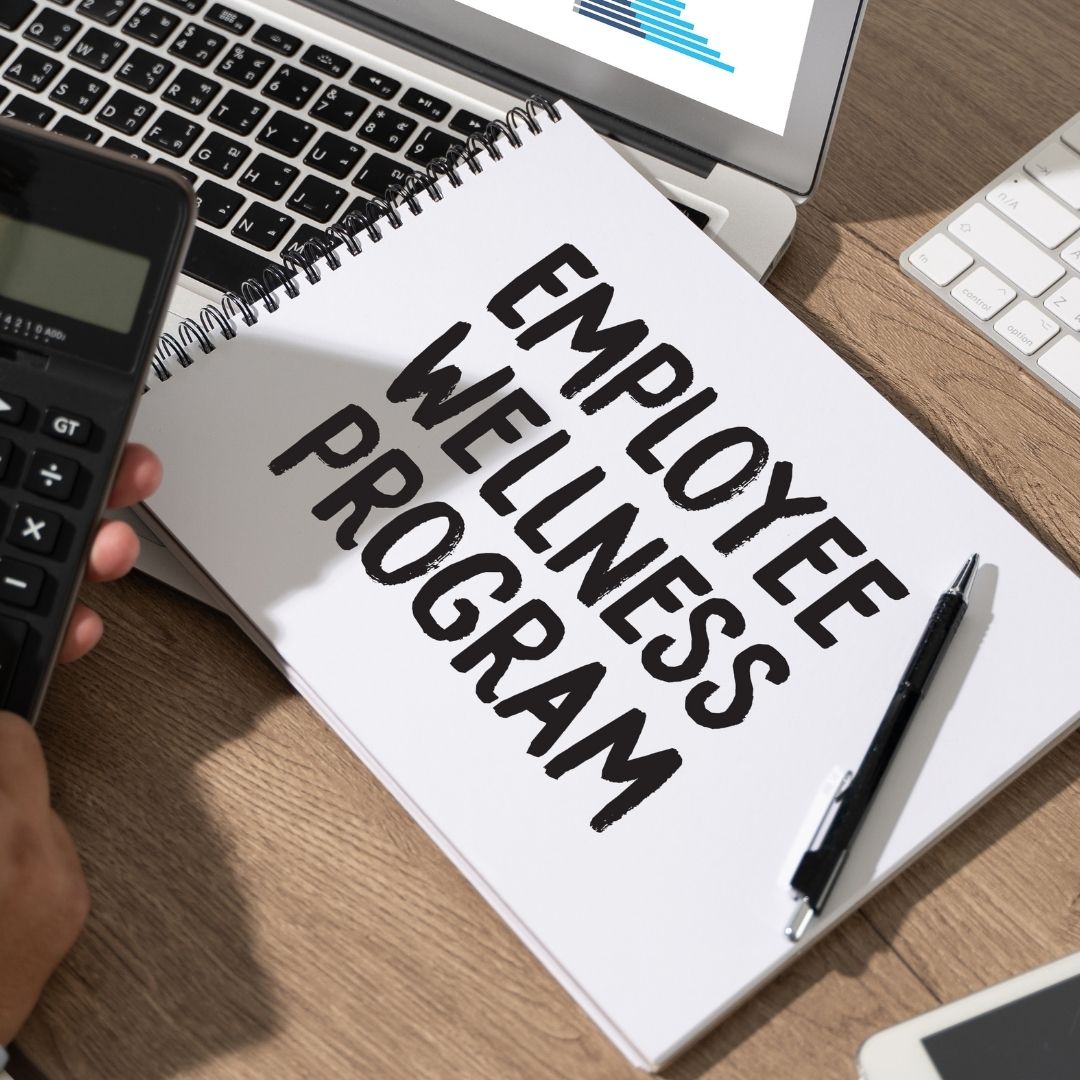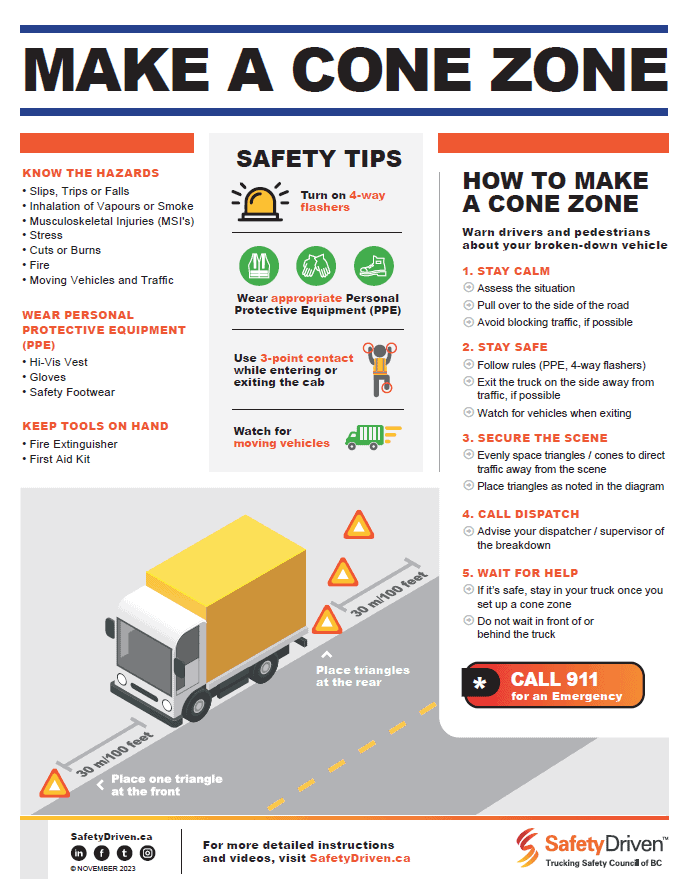
Can Your Company Benefit from a Workplace Wellness Program?
It is a Thursday morning and I am soaked in sweat and invigorated. Four coworkers and I just broke our facility record for most miles ran in one hour by a five-person team. The track we ran on is on our facility’s campus. The activity we participated in was meant to draw attention and support for our employee wellness program.
What Is a Workplace Wellness Program (And Why Bother Having One)?
Workplace wellness programs go hand-in-hand with employee health and safety by giving attention to and supporting the physical and mental well-being of employees.
Here are a few examples of activities that are typical for workplace wellness programs:
– Aid in smoking cessation
– Providing gym memberships or discounted memberships
– Education about healthy food choices and making healthy snacks available
– Fitness challenges
– Annual health fairs on site
– Video doctor visits
– Monitoring and reducing blood pleasure
– Provide resources for stress management
– Organizing company sports teams
– Providing information and education about anything health-related, from skin cancer prevention to the dangers of sleep deprivation
You have heard the adage “an ounce of prevention is worth a pound of cure.” Workplace wellness programs take a proactive approach to employee health and well-being by providing information, activities, and attention to wellness. Taking advantage of preventive care services is more desirable than dealing with the high cost of medical and emergency services from illness and poor health.
Benefits can include increase morale and engagement, decreased absenteeism, and a more energized workforce. Healthy employees will not spend as much out of the pocket on doctor visits due to poor health. This is a win-win for employee and employer.
We all hate being sick. We use sick days and pay our hard-earned money for medicine and doctor visits, hoping we get better before we bleed our savings dry. Our mind, body, and finances all benefit from wellness programs.
The Rising Cost of Healthcare (US stats)
According to the National Business Group on Health, we can expect a 5% rise in health benefit costs in the Unites States this year. The cost of benefits is climbing at more than twice the rate of inflation. One way to help employees deal with the rising cost of healthcare is to provide wellness programs that teach healthy lifestyle choices.
Currently, there are few studies verifying the effectiveness of these programs. And one recent study showed only modest improvements to worker health as a result of participation in workplace wellness initiatives.
Why, then, should we give attention to workplace wellness programs when there is still too little data demonstrating their effectiveness? It is as simple as this: when employers and employees are backed into a corner due to rising healthcare costs and the deck is stacked against them, this is one of the only cards they can play. Making healthcare costs more manageable will be a long battle, and one whose outcome is largely out of the hands of individual employers and employees. But making healthy choices is something we can do for ourselves right now.
These programs also have some less tangible or easily measured results. For one thing, they show employees they are valued and that there is more to the working relationship than the exchange of labor for money. Wellness initiatives establish a team dynamic, where we care about one another’s well-being.
Wellness Program Success
In 2011, I was a guest panelist at a conference with representatives from companies that were implementing wellness programs. Sharing our experiences, we saw a pattern emerge. The success of the wellness programs increased with two main components:
1. Management Support: Management must show they care about employee health and well-being and that they are happy to support and be involved in wellness activities.
2. Employee Buy-in: In the same way that you would have a safety committee, enlist employee help by establishing a wellness committee. The more you can engage employees and gather support from them, the more effective your program will be.
The wellness program I mentioned at the beginning of this article was very successful. Therefore, I was asked to be a panelist for the wellness conference. I saw firsthand the benefits employees and management enjoyed from our wellness program. That is a win-win, and we need more of those in the workplace.
Latest Resources
Make a Cone Zone
Dowload this poster for tips on how to make a safe cone zone.Winter Hazards Poster
Drivers need to recognize winter hazards. Share this poster to remind drivers how to ...

